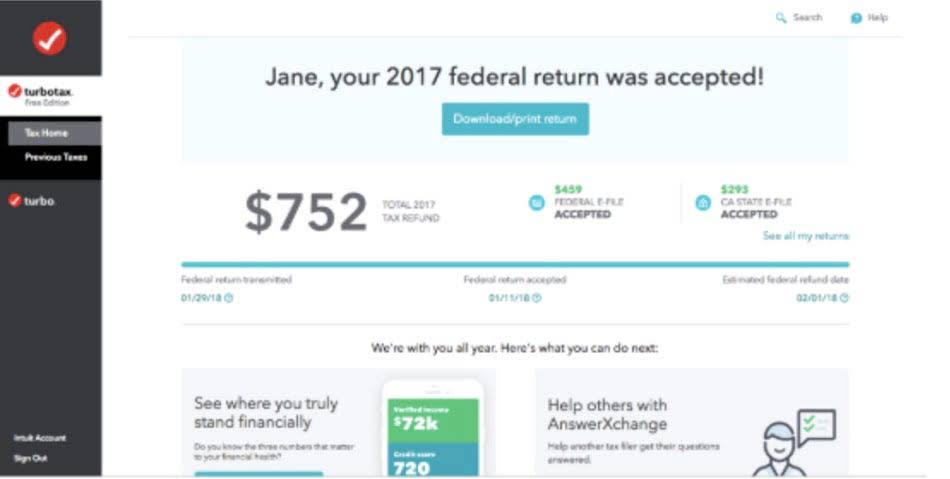
If you answered yes to any of the above questions, consider holding off on the errata update until a natural lull in sales, such as a https://www.facebook.com/BooksTimeInc/ national summer holiday, when book-buying traditionally dips for a few days. These low-level errata should be collected over time and incorporated all at once when the time is right. Much more common, however, is low-level errata that concerns diction, style questions or the occasional typo. It’s not uncommon for an author to desire to reword a particular line, paragraph or section, especially after seeing their manuscript in print.
- The important thing is to have a system in place to minimize errors and quickly spot and correct any that do happen.
- This level of detail supports the transparency and traceability of the correction, facilitating future audits and reviews.
- Note that the adjustment corrects the balance sheet accounts, including retained earnings, to the amounts that would have been reported at December 31, 2022, had the error never occurred.
- As a common rule of thumb, keep receipts that are $75 or more just in case a problem comes up.
- Although the trial balance is prepared to evaluate accuracy, it does not disclose every type of error.
- Transposition indicates that the individual figures in an item are interchanged, whereas in transplacement, the digit is either moved forward or backward to cause the error.
Correcting entries with adjustments
These requirements are designed to ensure that all material information is made available to users of the financial statements, allowing them to fully understand the implications of any corrections made. Disclosures related to accounting errors typically include a description of the error, the periods affected, the amounts involved, and the impact on the financial statements. This information is often presented in the notes to the financial statements, which accompany the primary financial documents such as the balance sheet, income statement, and cash flow statement. Accounting errors come in various forms, each with its own set of characteristics and implications.

Data Entry Errors

Errors in the ledger are corrected using the general journal with an explanatory note (Narration). The following shows the adjusting journal entries Robson needs to make at December 31, 2012. You are less likely to let an accounting mistake slip through the cracks if you have someone else reviewing your books. Mistakes can happen to even the most seasoned business owner or accountant, which is why you should always double (or triple) check your work. As a common rule of thumb, keep receipts that are $75 or more just in case a problem comes up. And, keep business receipts in your records for at least three years in case of an audit.
Here’s what you need to know about AI and accountancy
If an asset is accidentally entered as an expense (a type of liability), then it is said to be classified incorrectly. This error drastically affects the balance sheet and gives an incorrect picture of the business’s financial status. Not recording data is common, whether it’s not reporting expenses or not adjusting inventory quantities. Omitting data affects the balance sheet and can make a company look like it’s doing better than it actually is. It also creates problems when filing your small business taxes.

Ask a Financial Professional Any Question
- For every transaction your business makes, you must make debit and credit entries.
- The permitted methodology involves correcting any errors through rectifying entries.
- The amount is incorrect but the correct accounts have been used and the entries have been made on the correct sides.
- If you find a mistake when reconciling your accounts, adjust the affected journal entries.
If you’re on the hunt to find accounting errors in your books, seek help from your audit trail. Because your audit trail details all of the information about transactions, you can use it to cross-check the information you recorded in your books. Combining company and personal funds can wreak havoc on https://www.bookstime.com/ your business’s books. Tracking income and expenses can be difficult when you mix them together.
However, regardless of the cause, errors need to be corrected once they are discovered. The role of auditors in the error correction process is multifaceted, extending beyond the mere identification of discrepancies. Auditors are tasked with evaluating the company’s error detection and correction procedures, ensuring that they are both effective and in accordance with the relevant accounting standards. They scrutinize the adjustments made to correct errors, assessing whether they accurately reflect the underlying transactions and are appropriately documented. This includes reviewing the adjusting journal entries and ensuring that the restated financial statements provide a true and fair view of the company’s financial position. The transparency how to find correction of book error of the financial correction process is reinforced through stringent disclosure requirements.
What Are the Common Types of Accounting Errors?
If you are unsure about something, ask a friend or colleague for help. For this reason, the following rectification entry was made in the journal. Director of Production Dmitri Barvinok works on the digital development, print layout and distribution of new books. He coordinates Front Edge editors and designers and works with the BookEdge software suite.

